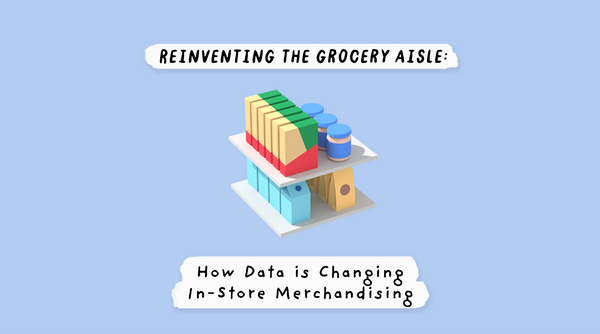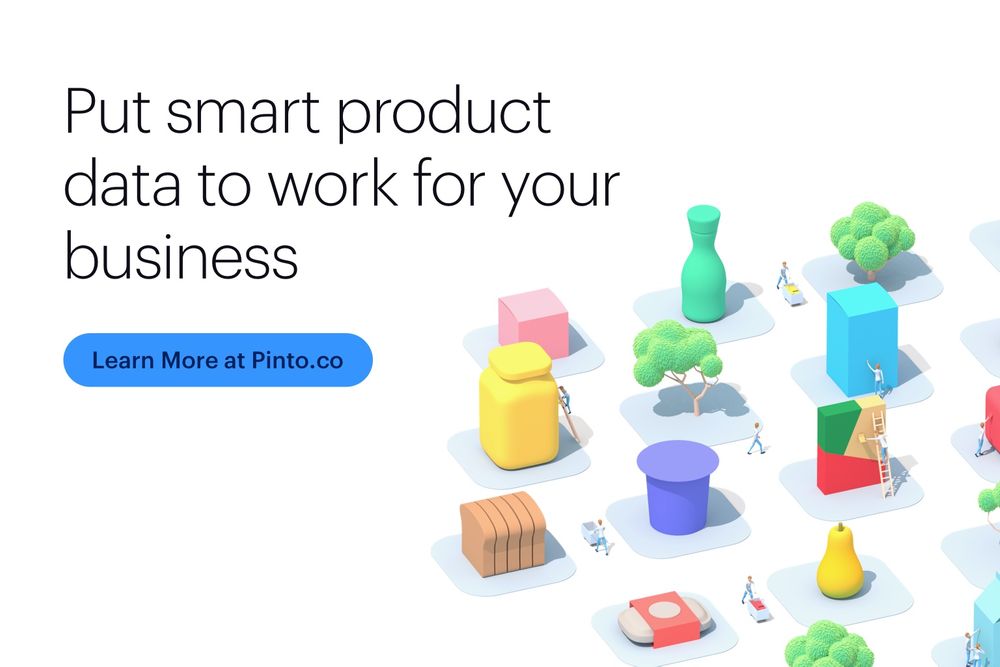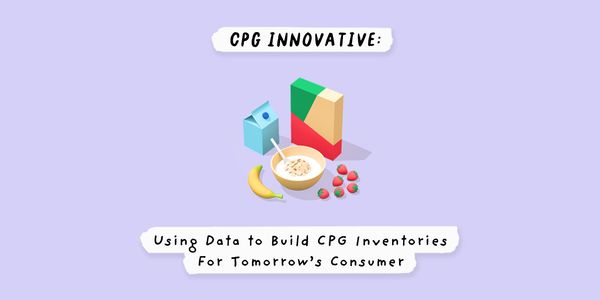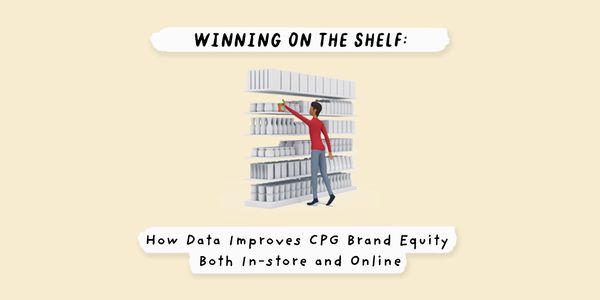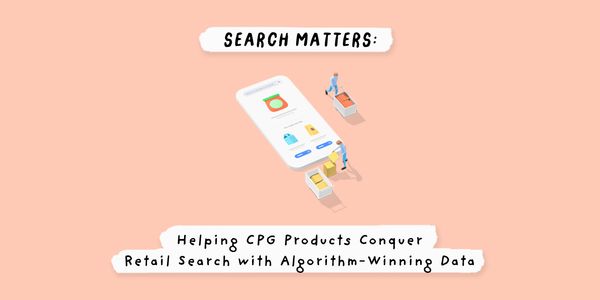- Physical stores are changing as consumer preferences evolve. Consumers are no longer interested in aisles solely organized by categories but are increasingly looking for more tailored, personalized shopping experiences.
- To keep up with consumer needs and evolving dietary trends, retailers must prioritize preference-driven aisle formats and more flexible merchandising strategies.
- Strong data can provide retailers and merchandisers with the foundation to create these personalized and curated assortments.
- By leveraging this nuanced data, retailers can evolve their stores based on key trends, change alongside their customers, and customize the retail space to fit market demands.
The goal of the grocery retailer has always been to set up the store in line with the needs of shoppers. Traditionally, this has meant organizing inventories for shopping conveniences, such as floral at the front for on-the-go shopping, followed by produce to entice the eye, and packaged goods sorted by food types for convenience. But as shoppers’ demands change, so must store and aisle formats.
Modern retailers have now begun to shift to preference-based formats, such as keto-friendly end-caps, vegan meat alternative displays, and specific sections for gluten-free products. As consumer needs continue to evolve, it will become more important for retailers to stay ahead of dietary trends and proactively design their aisles and store formats to meet them.
With robust and nuanced data sets, there is room for even more inspired ways of approaching aisle design, where new categories or areas of interest are championed by retailers, rather than requested by customers. Tomorrow’s grocery store can be highly customized, with aisles narrowed down to specific and personal preferences. Online, we should expect to see entire stores tailored to the individual.
The case for data-backed merchandising
In order to be successful in this space, a store merchandiser has to get out in front of any new trends. Currently, the lead time for curating and merchandising a store can be long. Retailers have to know the trends, anticipate if the products will sell in a grocery setting, and then decide to acquire the right products ahead of time.
Without smart data, identifying and selecting products that fall into trending categories, such as Paleo, Keto, or Whole30, is a considerable challenge. This work is often done manually, or retailers rely on manufacturers or merchandisers to indicate product details.
Yet, this information can often be unreliable. Different manufacturers submit different information, which is often incomplete or missing certain key elements. Likewise, their understanding of what is or isn’t right for a diet leads to inconsistencies and huge gaps in the data. This system leaves consumers without adequate input to source the products they want, which eventually guides their purchases elsewhere.
What is required is a system of data-backed merchandising. Data-backed merchandising prioritizes customer preferences rather than manufacturer claims. Just as traditional merchandising methods have relied on market research and behavioral studies, data-backed merchandising reveals what customers want through data.
For example, a customer following a Mediterranean diet may also want to stay away from high-sugar items but is still looking for convenient snack foods. While a traditional merchandising system might ignore their preference and combine all snacks in one aisle, a data-backed merchandising system would create an end-cap for low-sugar, whole-grain snack items.
This system is not tied to any one preference. Because it is based on intricate and consistently updated data, data-backed merchandising can be easily modified according to new and upcoming trends. Likewise, it enables more efficient identification of relevant products in the inventory, which allows for better, more in-depth curation.
As consumer needs continue to change, so too must the store. Retailers should go beyond simply offering preference-based products but start to ask themselves how they can make those items more available to their shoppers.
Using data to inform tactics
Nuanced data can be used to understand the ways customers are shopping at the moment while also curating aisles based on their past or future-predicted behaviors. For example, if we notice a rise in vegan food purchases, you can create designated sections for plant-based products or even a dairy-free milk and cheese end-cap to get in front of their future purchases.
But what if we could take this one step further? What if we could use data to create even more nuanced aisles, such as sesame-free or fit for pregnancy? Or, recommend keto-friendly snacks, such as pork rinds or nuts, to your customers, even though those products aren’t labeled as such.
This is the next frontier of retail merchandising, one that recognizes the need for more optimized consumer shopping experiences.
Badging is one way that retailers can improve their customer engagement. Badges act as a visual indicator, delivering complex nutritional information on an easy-to-read tag. Implementing a badging system can be useful when categorizing and organizing stores, as it allows retailers to pinpoint niche interests, such as low FODMAP or paleo. Badges also give customers the agency to make informed choices by giving them more details than package claims provide. This can be done with icons in eCommerce settings or with physical tags at the aisle level.
In-store experience apps and personalized loyalty programs can also be used to improve the engagement further. If a customer is trying to stick to a specific diet, you can offer them points based on purchases that meet that goal. Imagine trying to lower your blood pressure with a low sodium diet, and knowing your grocery store has a dedicated rewards system to help you stick to your objective. That’s a quick way to gain a lifelong customer.
These modern tactics are only possible if a retailer has consistent and up-to-date data that goes beyond packaging claims and delves into what shoppers really want. By prioritizing data, retailers can focus on the details of their products and the people who want to buy them.
What do future grocery aisles look like?
The physical store isn’t going anywhere, so it’s important for retailers to understand how data can improve the physical experience.
Strong data provides retailers and merchandisers with a basis to create more personalized, detailed, and enriched customer experiences. It also offers the flexibility to customize shelves based on trends, gain a greater understanding of what modern shoppers are looking for, and stay ahead of incoming health and diet preferences.
This not only prepares retailers for changes in the consumer market, such as diet trends or health concerns, but it also provides ongoing value to customers looking to have their personal preferences met.
Find out how Pinto can help you re-imagine your aisles to serve your customers better.

